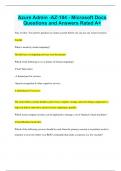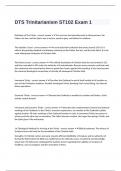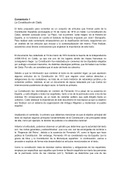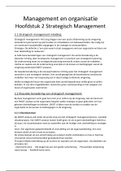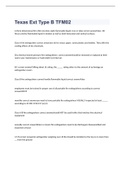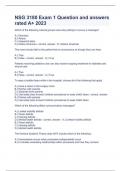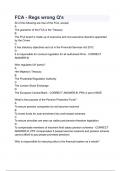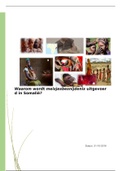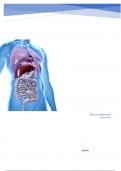Exam (elaborations)
CCRN questions Hemodynamics Updated 2024/2025 Verified 100%
- Course
- Institution
One hemodynamic benefit of intra-aortic balloon therapy is: A) Balloon inflation prevents right to left shunt B) Balloon deflation increases coronary artery perfusion C) Balloon inflation optimizes aortic valve performance D) Balloon deflation decreases left ventricular afterload - D) Balloon d...
[Show more]




